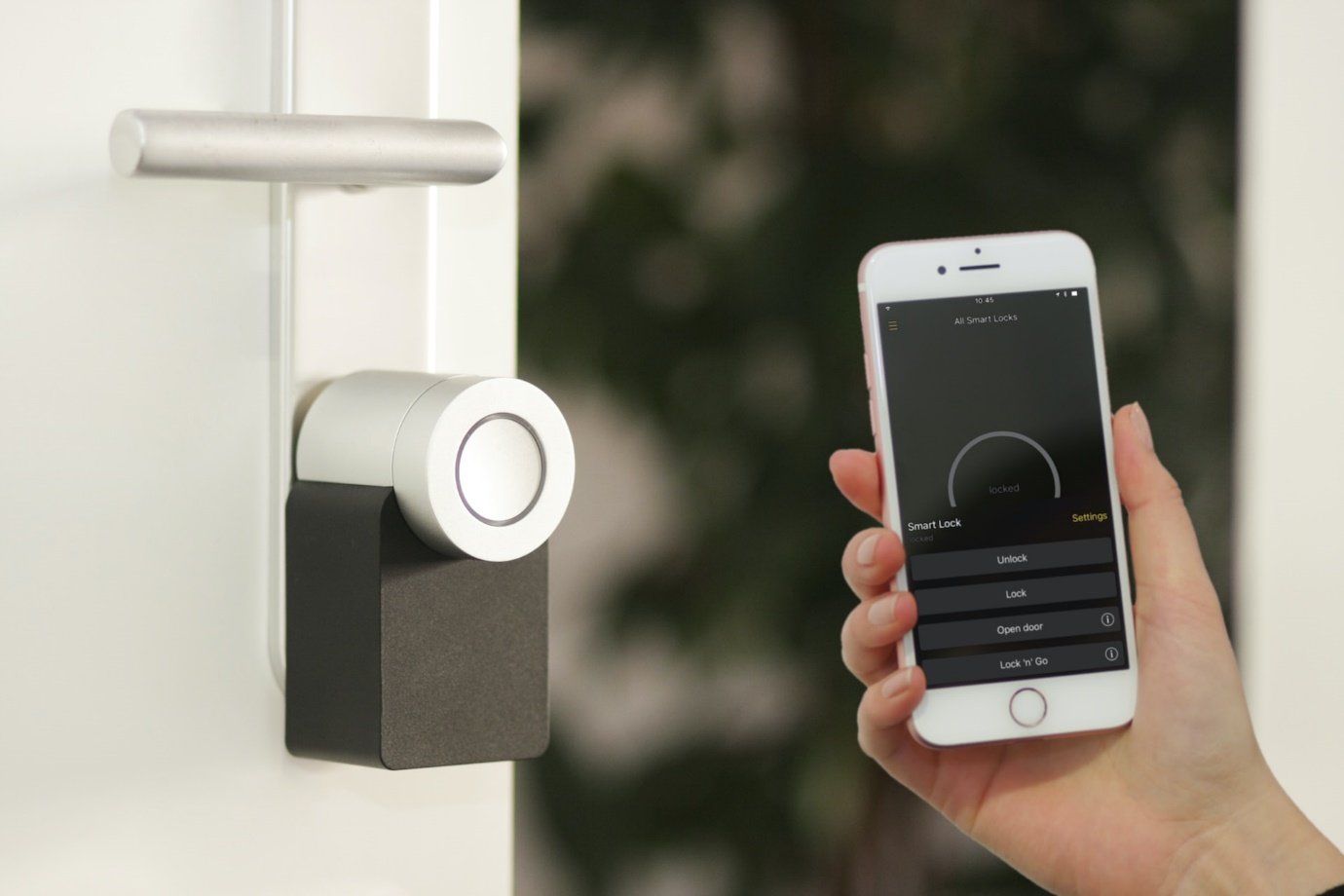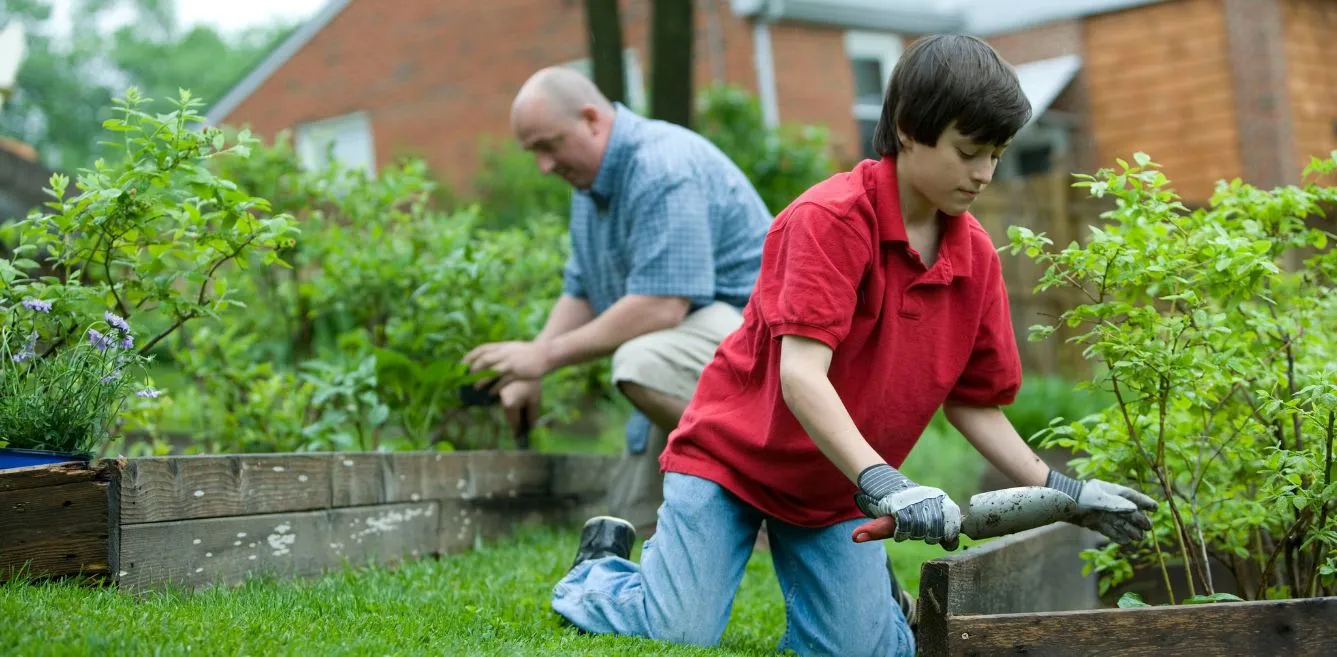Things to Look for in a New Home

Table of Contents
Buying a new home as part of a housing development can feel like the easy option sometimes. But just because all the homes look the same and you know they are going to be brand new doesn’t mean you should just jump in without checking the lay of the land first.
A new home is a significant investment that demands careful consideration whether you’re a first-time buyer or seasoned property owner. Knowing what to look for and how to look for it in a new home can help you make a more informed decision.
Before you visit
Make an effort to research the area online, reading through exact home specifications and ensuring that everything looks legitimate and as you would expect from a typical housing development. Don’t believe everything you read online either. See for yourself by taking a drive over to the development where there are new homes for sale and seeing for yourself if the homes look as good up close as they do online. You should also do some research on the developer. See what homes they’ve built in recent years and how the reviews are looking online. If you read a bunch of horror stories then you know to steer clear.
Build quality
Assessing build quality could mean small things like making sure fittings aren’t loose, checking the quality of countertops and making sure that cuttings are done correctly with no gaps or badly sealed gaps. Or it could be more severe things like looking for signs of wear and tear, such as cracks in the walls or ceilings, uneven floors, or even water damage. Inspect the windows, doors, walls and roof for insulation and ask about the materials used in construction, the warranty on the building, and any maintenance requirements. Also, remember to stick to your gut. If you see something that looks like a sign of bad craftsmanship, it could always lead to more issues down the line.
Appliances
Check the condition of any appliances included in the sale. Test the oven, dishwasher, and washing machine, and make sure they are in good working order. Also, consider the age and energy efficiency of the appliances, as this can affect your energy bills. If any appliances need replacing, negotiate with the seller to either replace them or adjust the price accordingly. You should also make sure the taps and hot water work and check locks and doors to ensure they close properly. Most importantly, however, check over the boiler and heating system as this could end up representing a substantial cost.
Assessing the neighbourhood
Don’t just focus on the home, but the surrounding area. The neighbourhood you choose to live in can significantly impact your lifestyle so look for an area with good schools, healthcare facilities, shops, and recreational activities. Take a walk around the neighbourhood and speak to neighbours to get a sense of the community and check the crime rate in the area, if possible.
Size of the home
Some images online can be deceiving when it comes to size. Take some time to properly assess whether the home and rooms will be big enough for you. Consider taking a tape measure with measurements of some of your key home furniture like beds and wardrobes to ensure they will fit into your potential new home. And remember, all these houses are typically built to the same dimensions so if it doesn’t fit in one it won’t fit in any of them!






